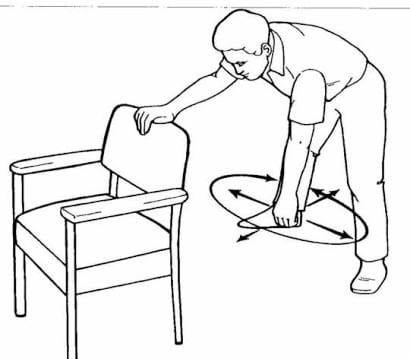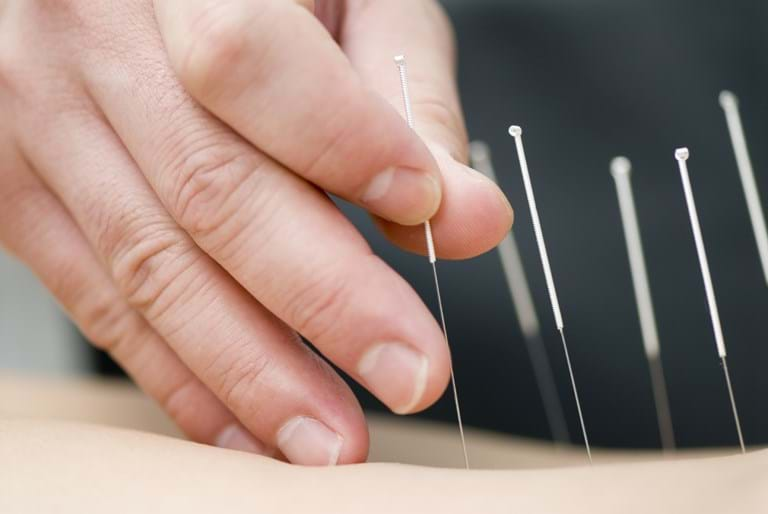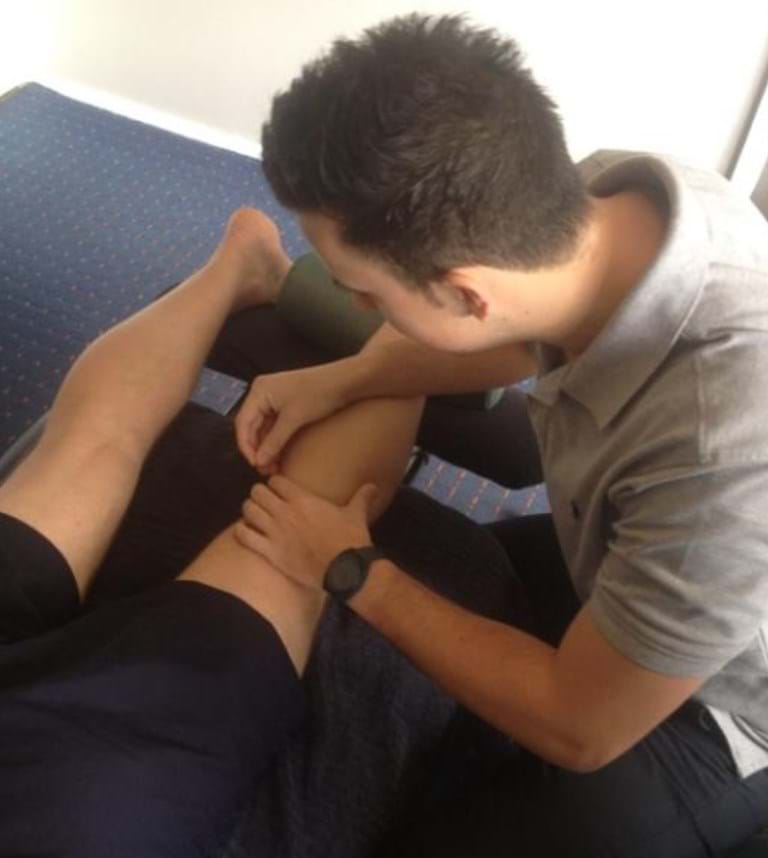Welcome to our December Newsletter!
This month we are going to highlight our service of Myotherapy: the assessment, treatment and management of musculoskeletal pain and dysfunction.
Myotherapy is aimed at decreasing pain and improving function. This is achieved by the stimulation and deactivation of hyper-irritated myofascial trigger points, often referred to as a ‘knot’. This may be accomplished by the use of dry needling, cupping, joint mobilisation and/or soft tissue massage.
Our Myotherapist, Daniel, has helped a range of patients at BCNC with various problems including lower back pain, sciatica, hip pain, shoulder pain and dysfunction, headaches and migraines. One of Daniel's latest achievements was helping a patient to avoid surgery for her shoulder. Here is the case….
The patient presented with long-term shoulder pain stemming from calcification of her supraspinatus tendon. She was on the public waiting list for surgery, but wanted to try Myotherapy.
For the patient's initial appointment, Daniel took a thorough history and performed some assessment to devise a treatment strategy. The patient received dry needles into the tendon and belly of her supraspinatus, and then massage to her rotator cuff as well as joint mobilisations to her shoulder.
After just the first session, she immediately experienced less pain when lifting her arm above 90 degrees, as well as a much more fluid range of motion. After continuing to see Daniel and complying with an ongoing treatment plan, the patient is no longer in constant pain. She has returned to training, taking part in high intensity interval training, boxing classes and yoga. She is still on the waiting list for surgery but has suggested that she will most likely not go under the knife, due to being able to manage her shoulder much better with Daniel’s help.
-----------------------------------------------
Are you suffering from a similar injury? One great exercise Daniel gave this particular patient is a “shoulder pendulum”. Simply bend forward from your trunk ensuring that you keep a neutral posture, use a chair for balance, and allow your injured shoulder to hang with gravity. Without controlling the movement too much (try to use momentum), move your shoulder in slow, small circular motions (see picture to the right).
The key here is low force movement. Studies have shown that over-resting a joint can hinder your recovery. This exercise will promote movement within your shoulder without causing you further pain.





